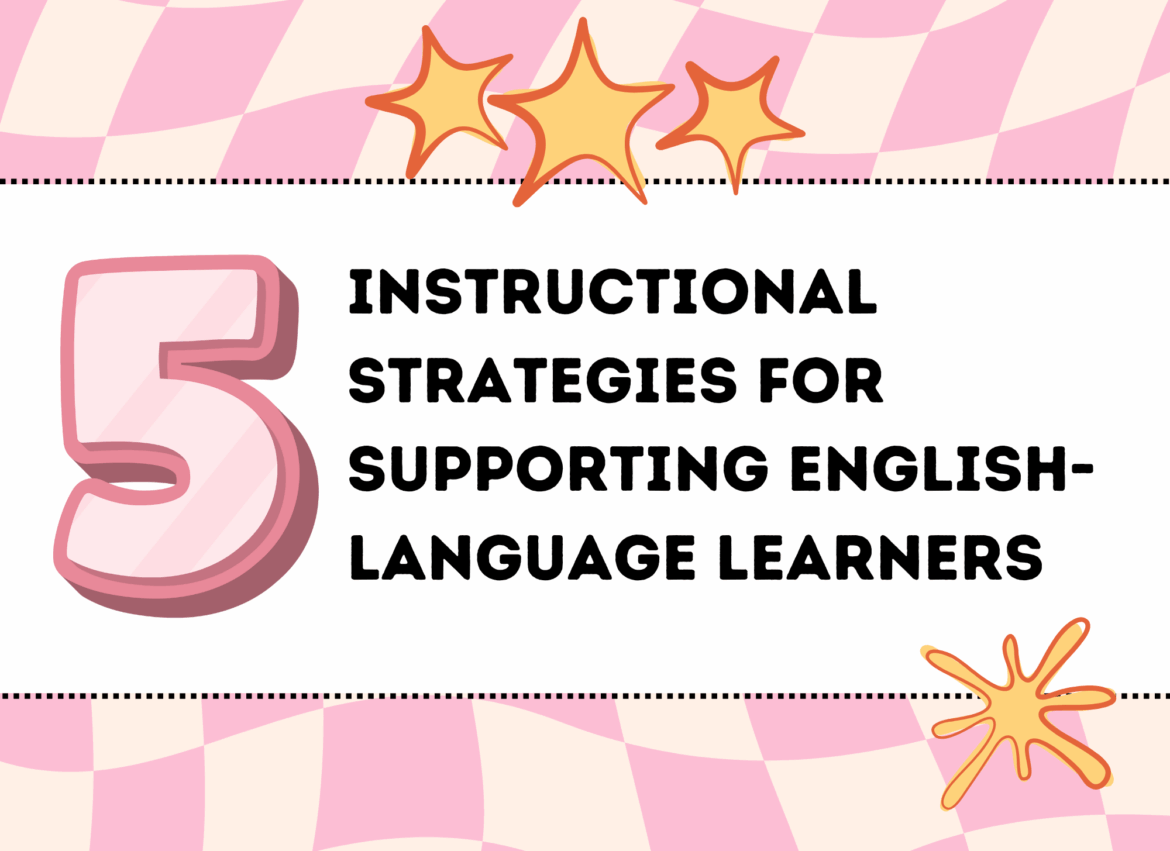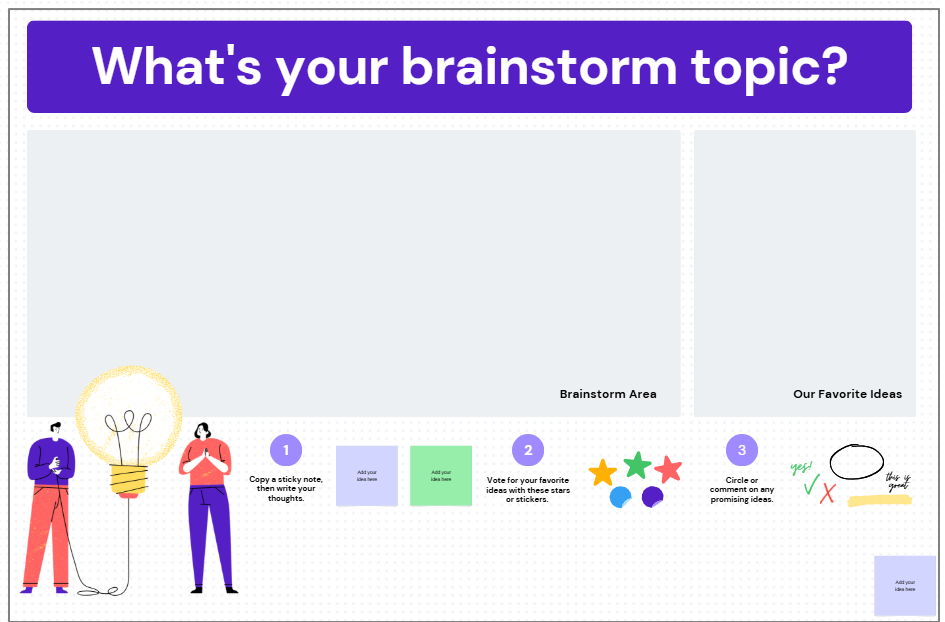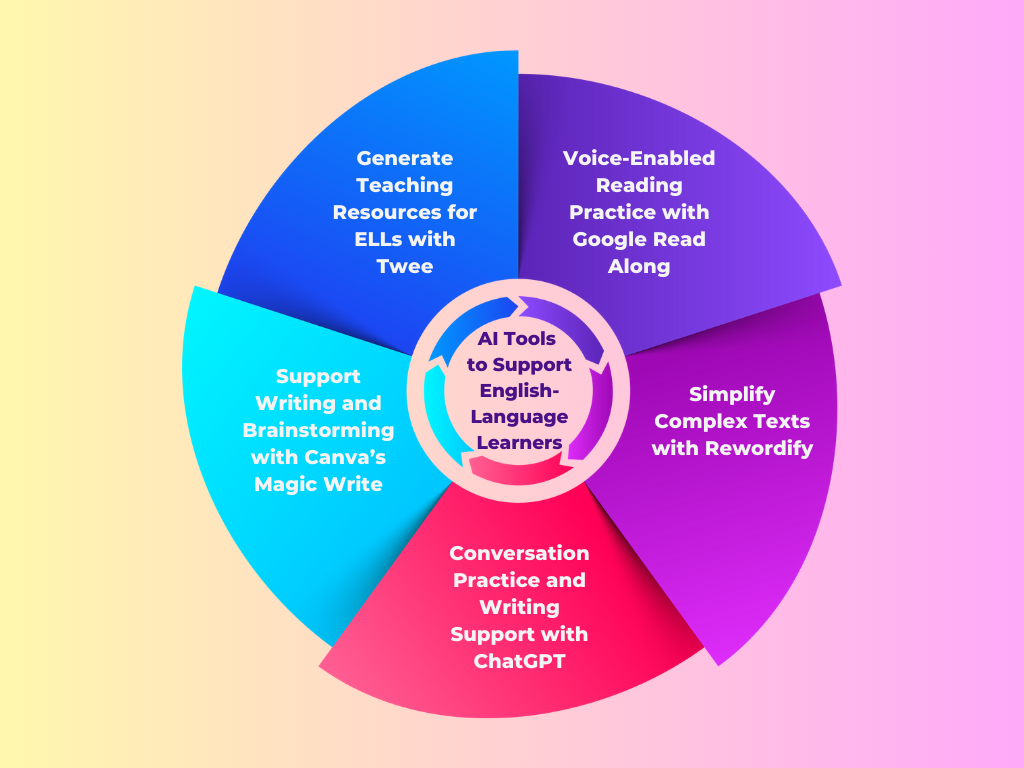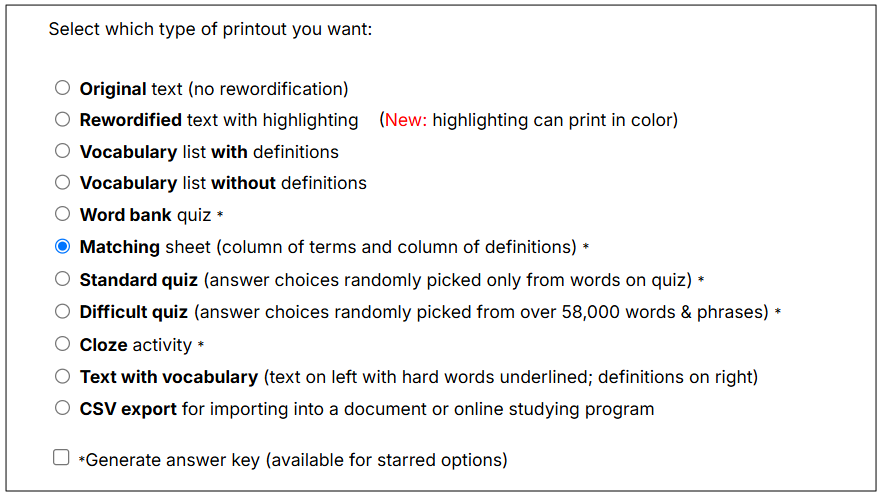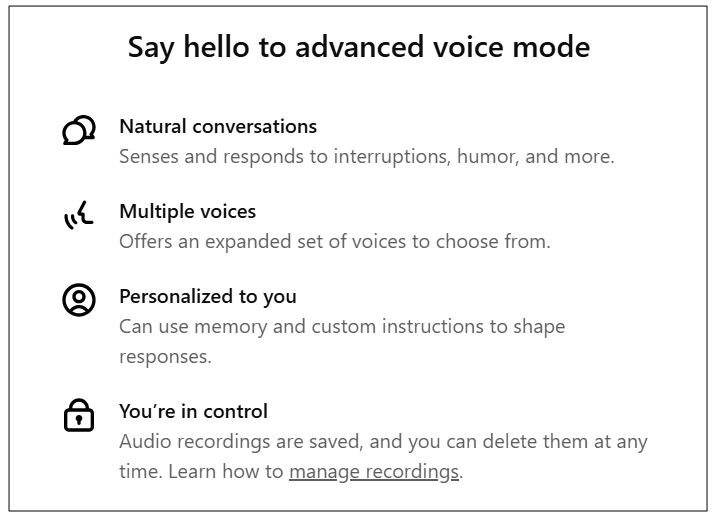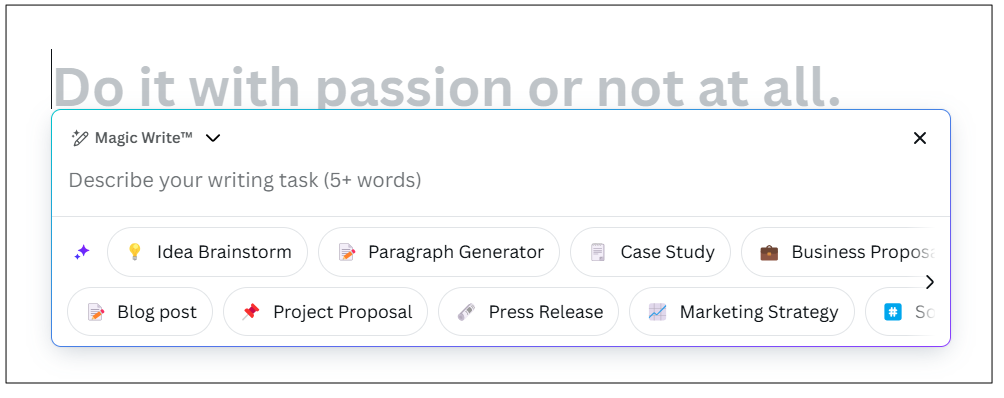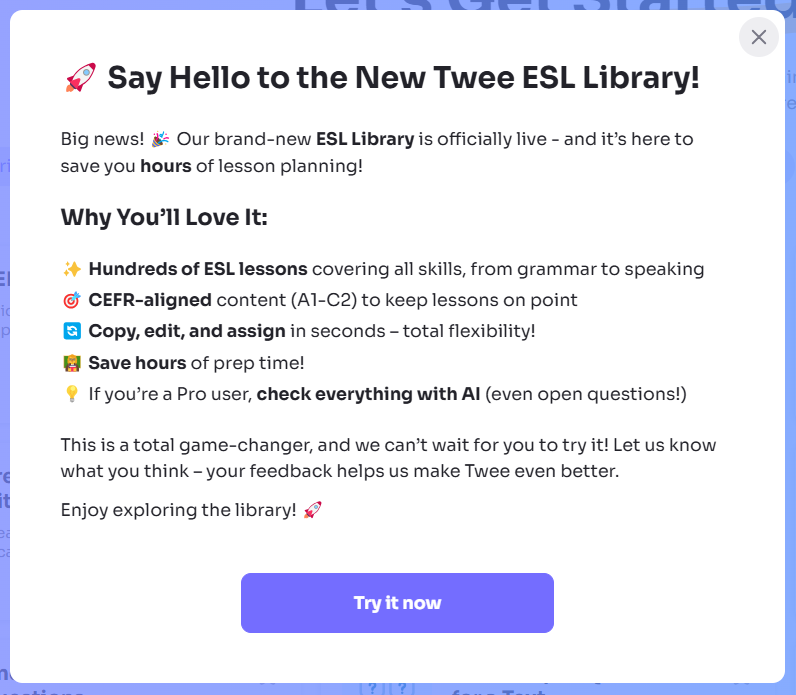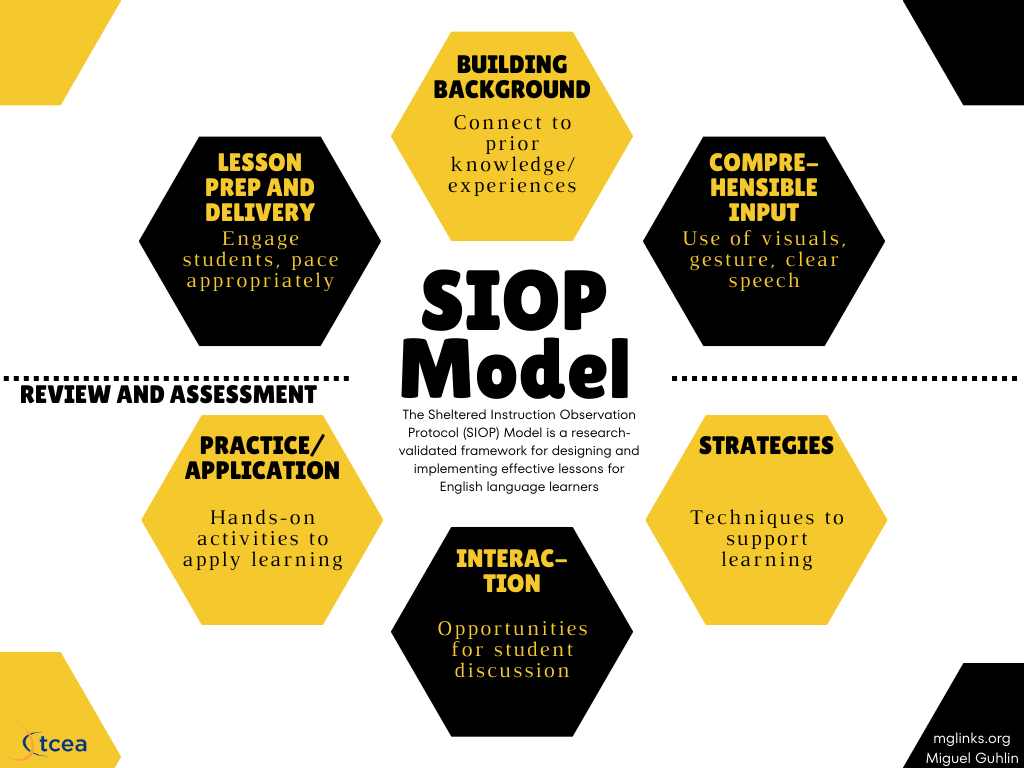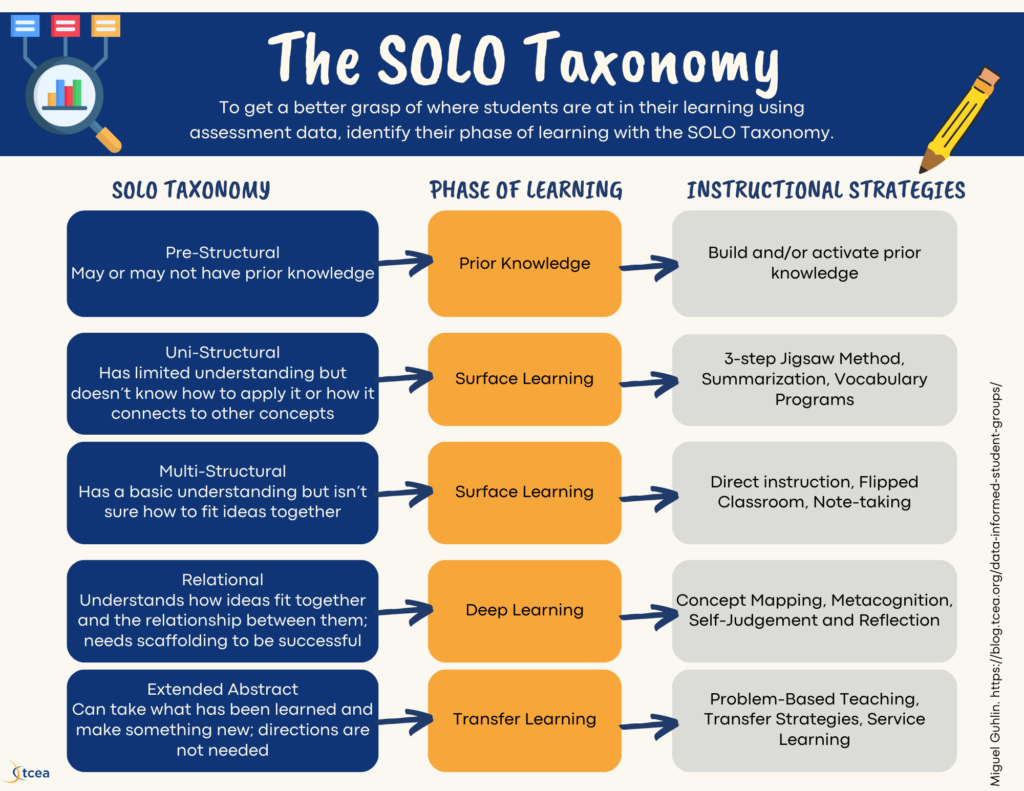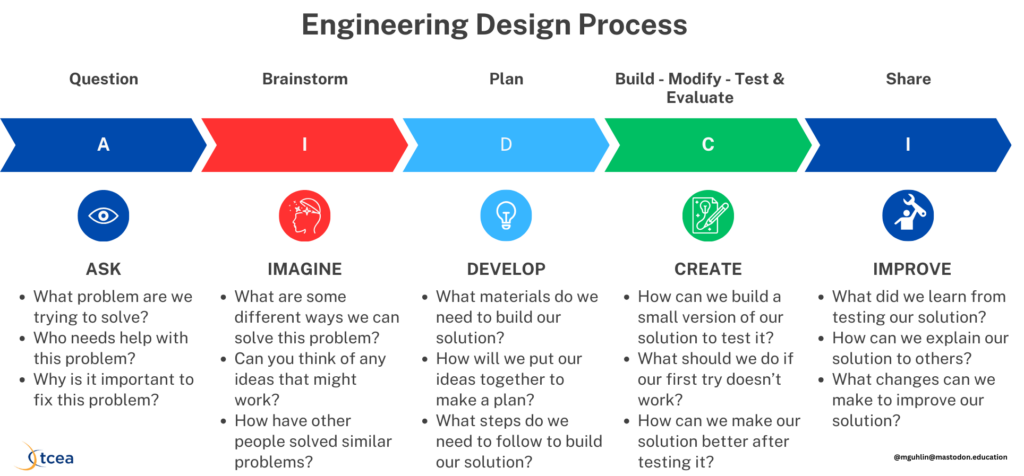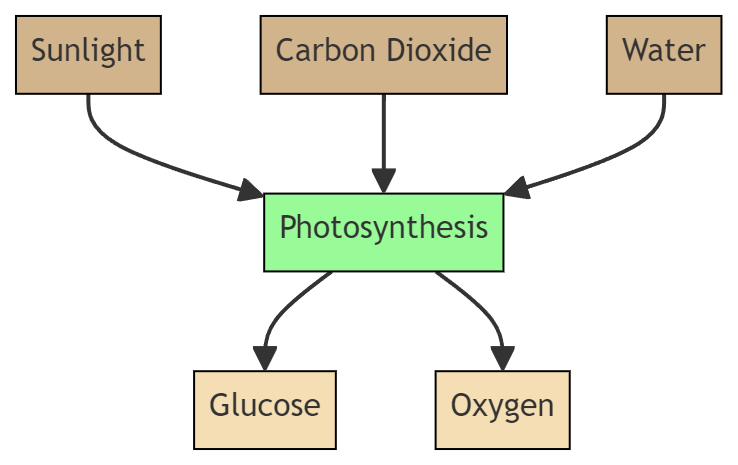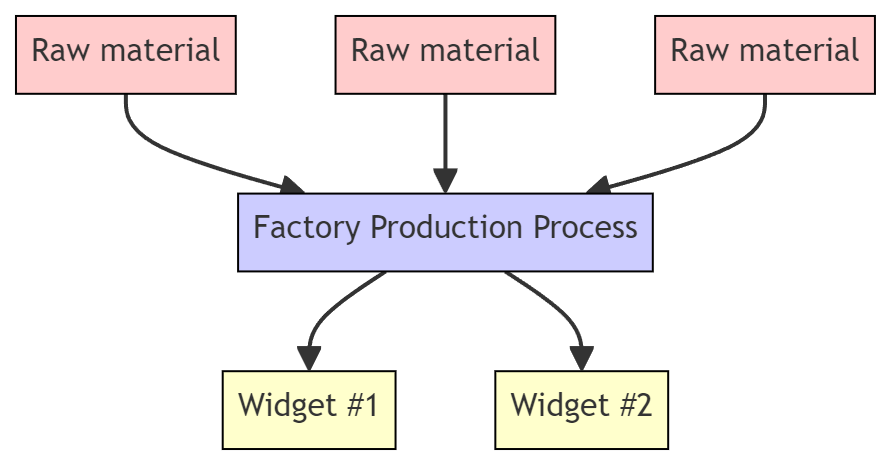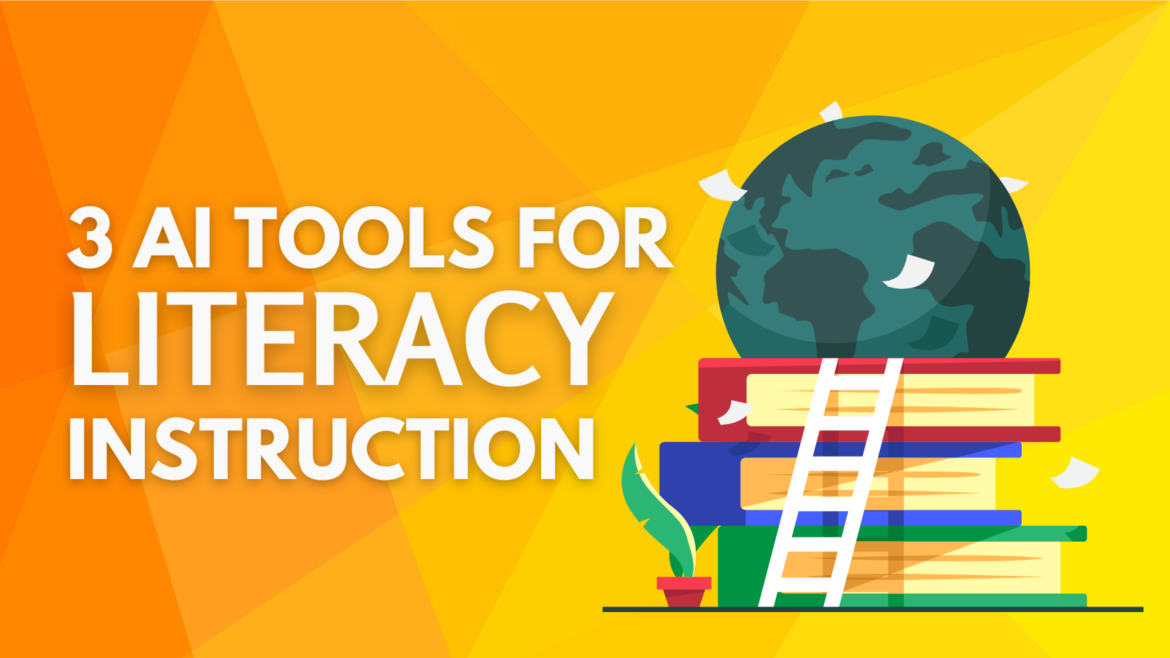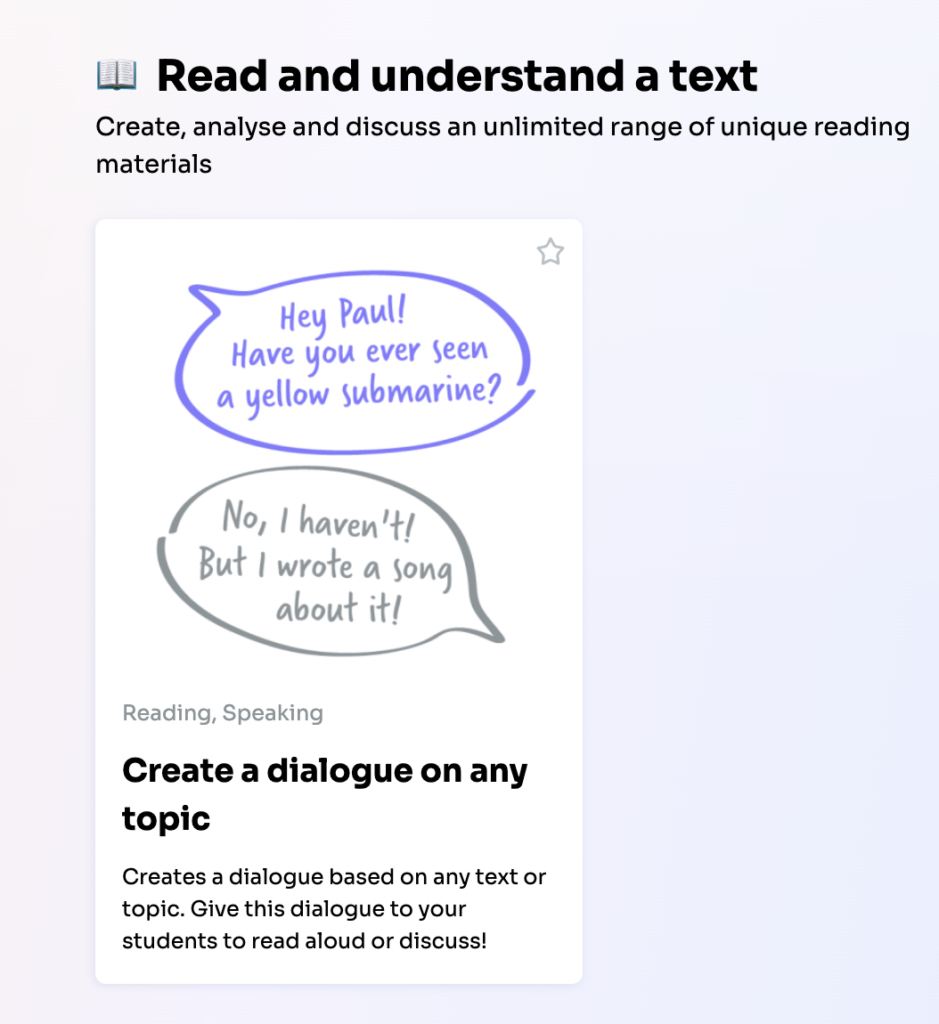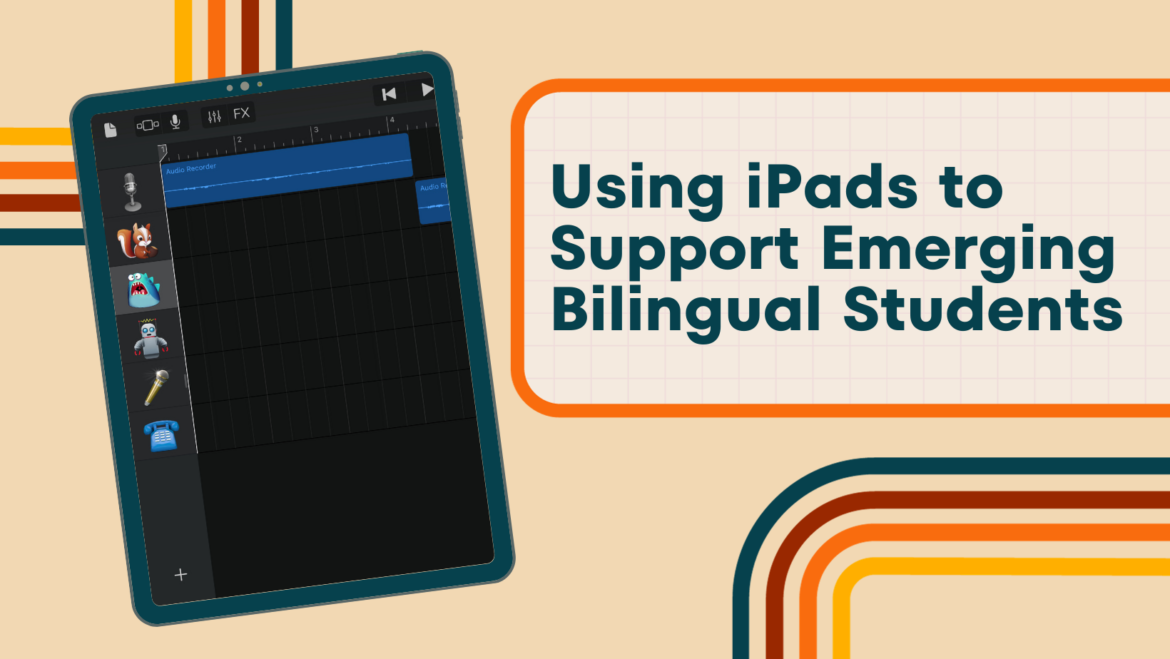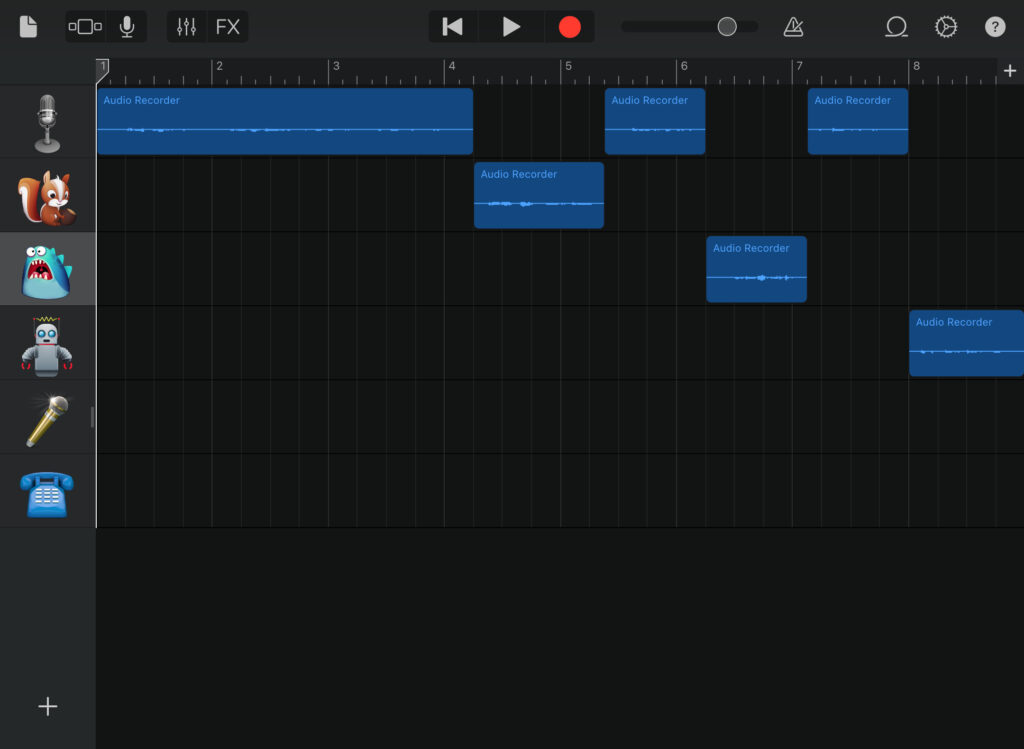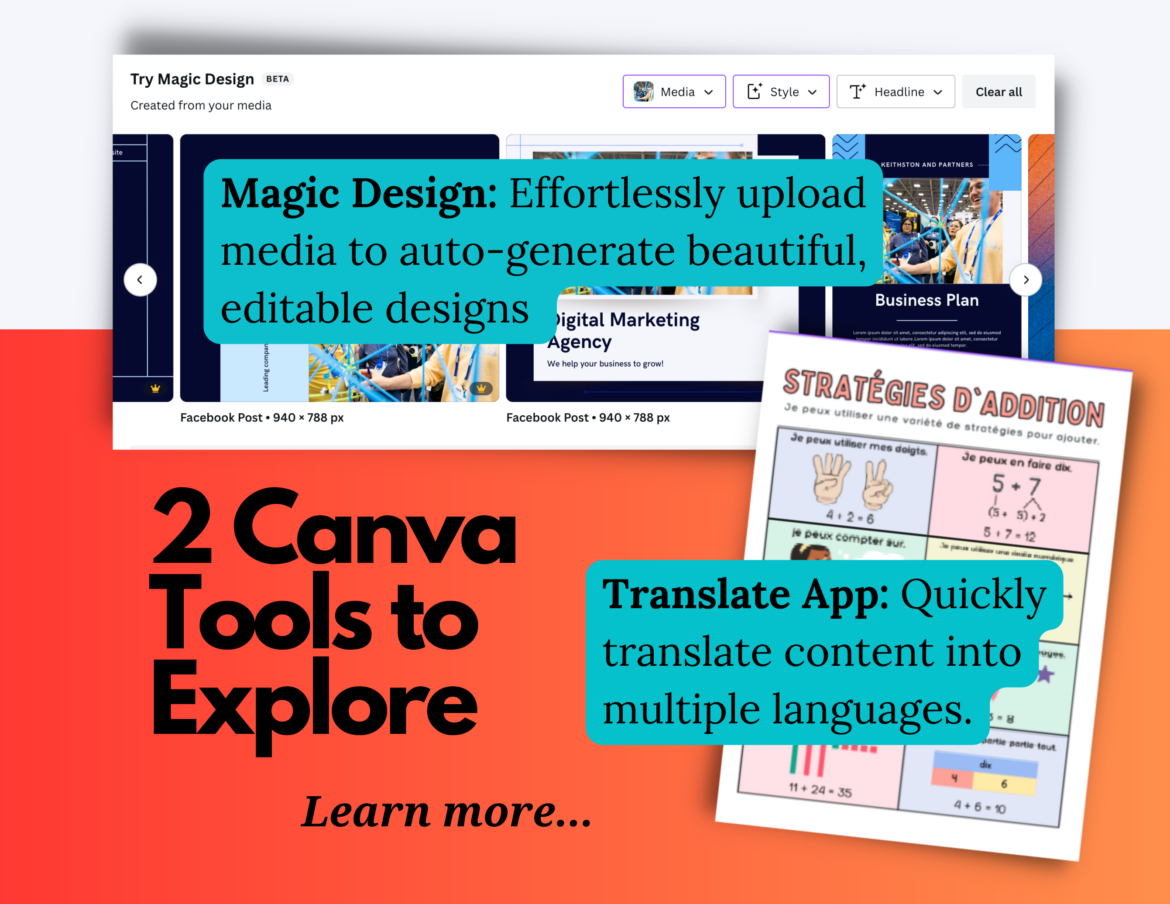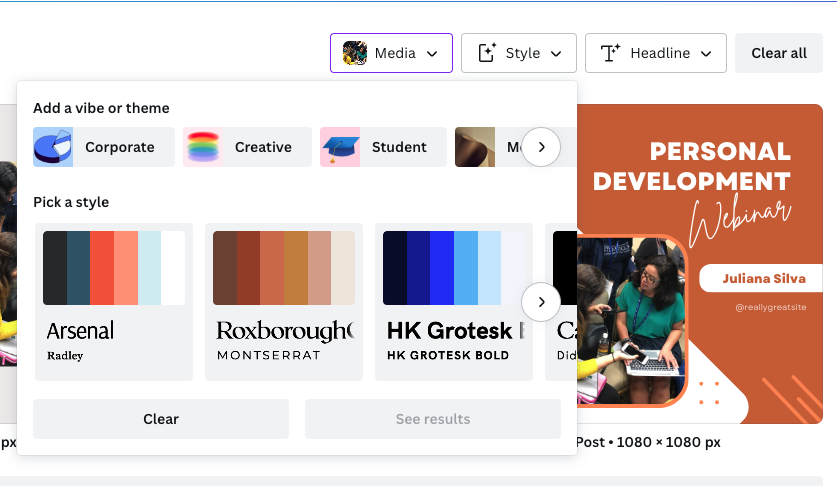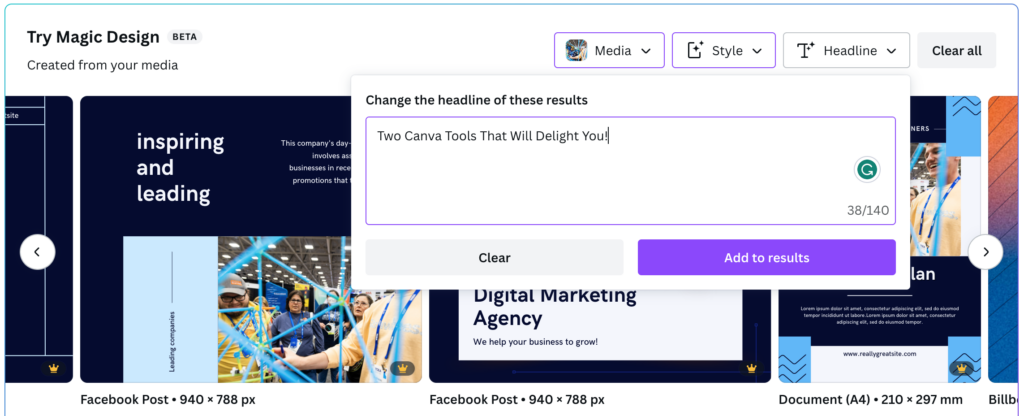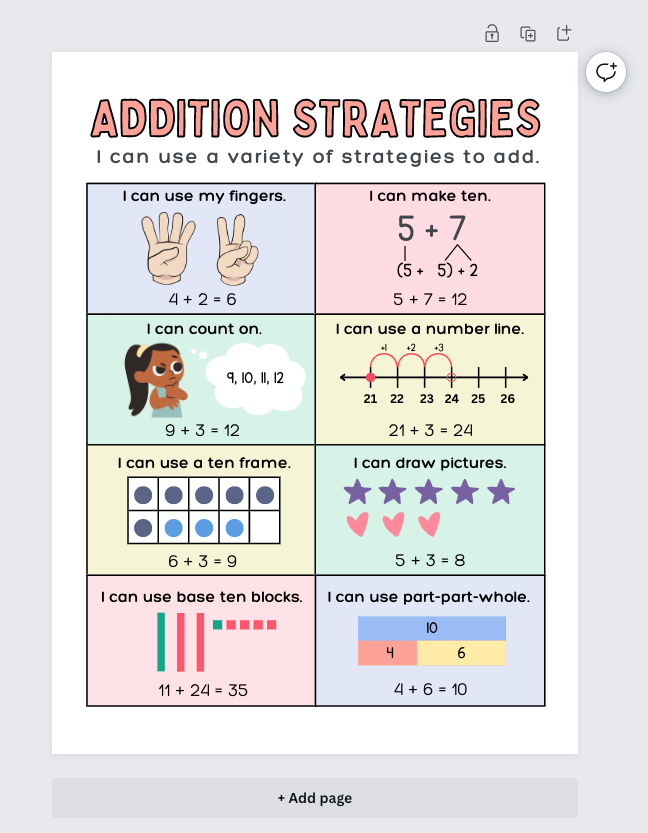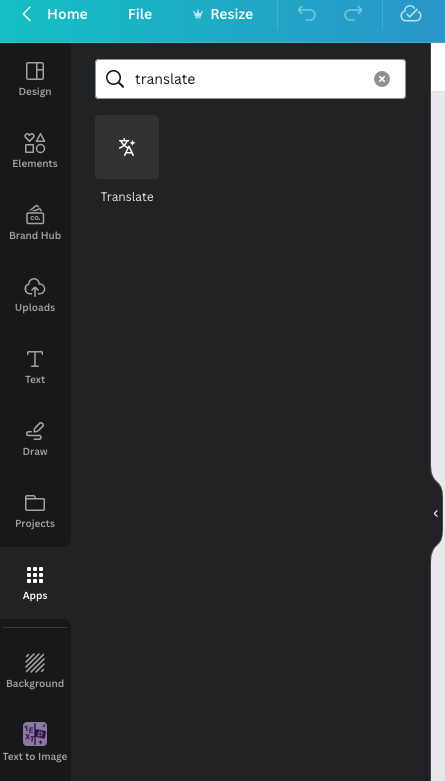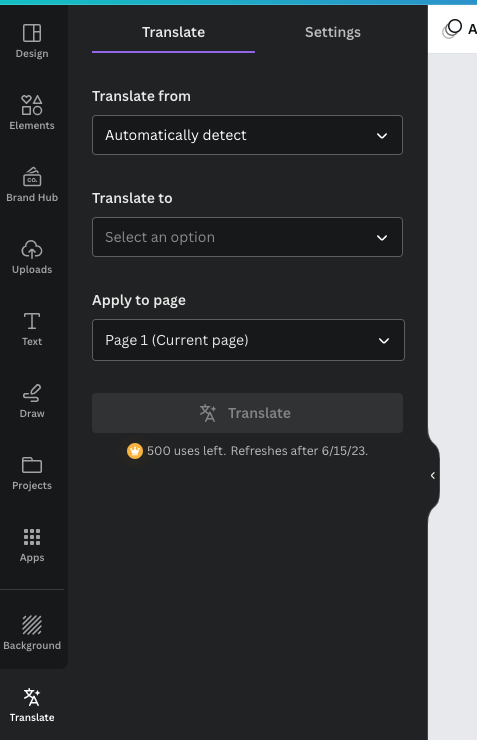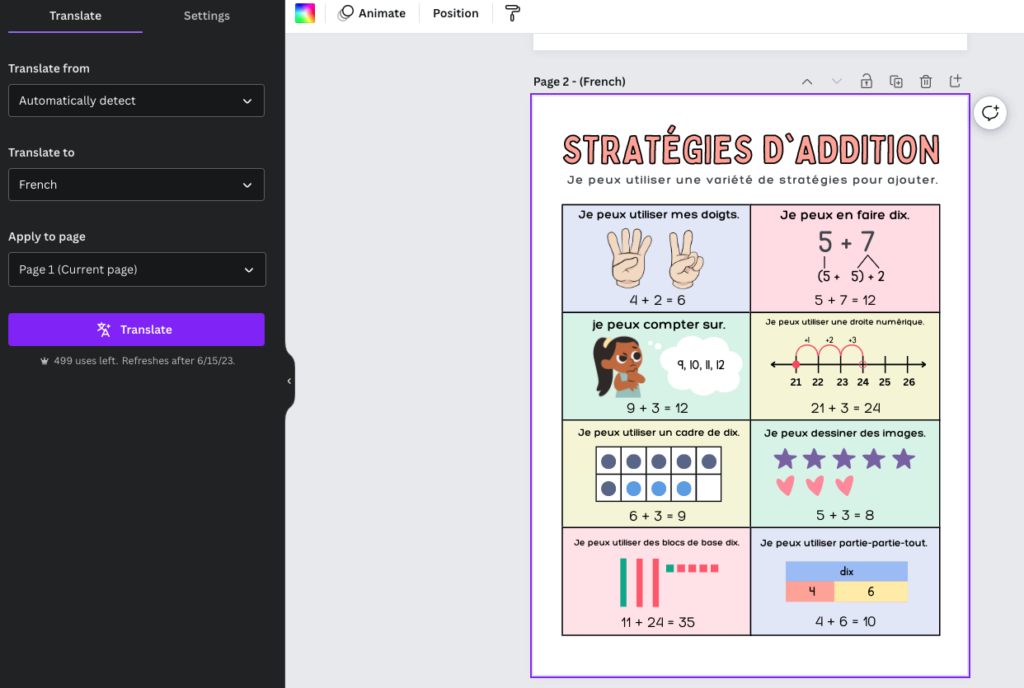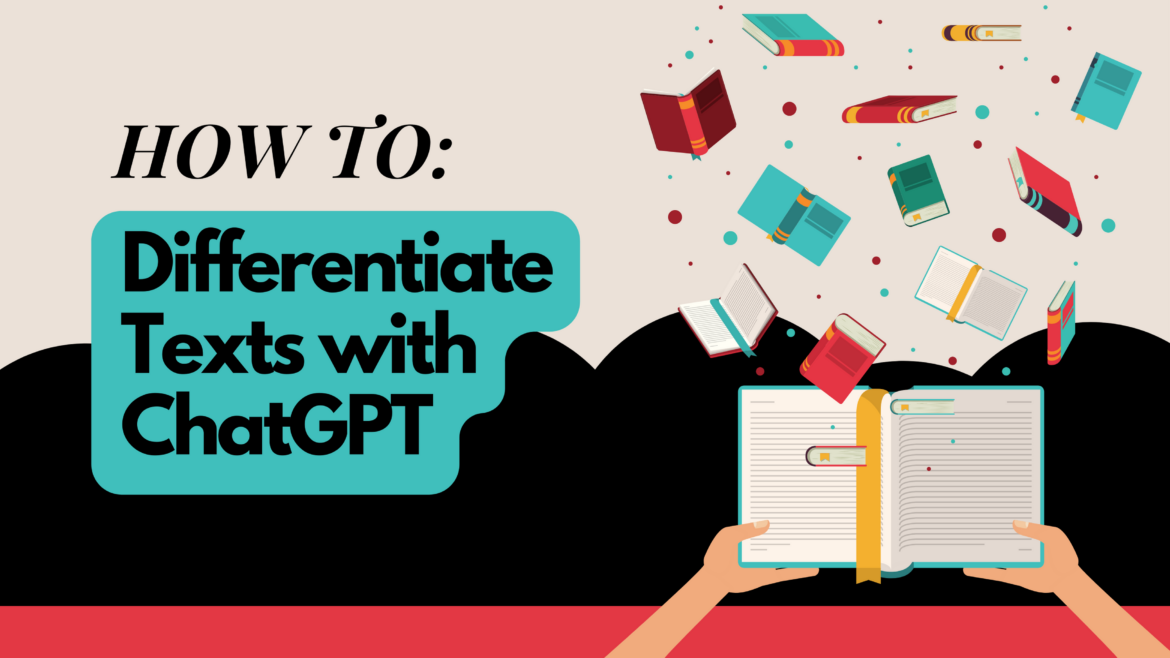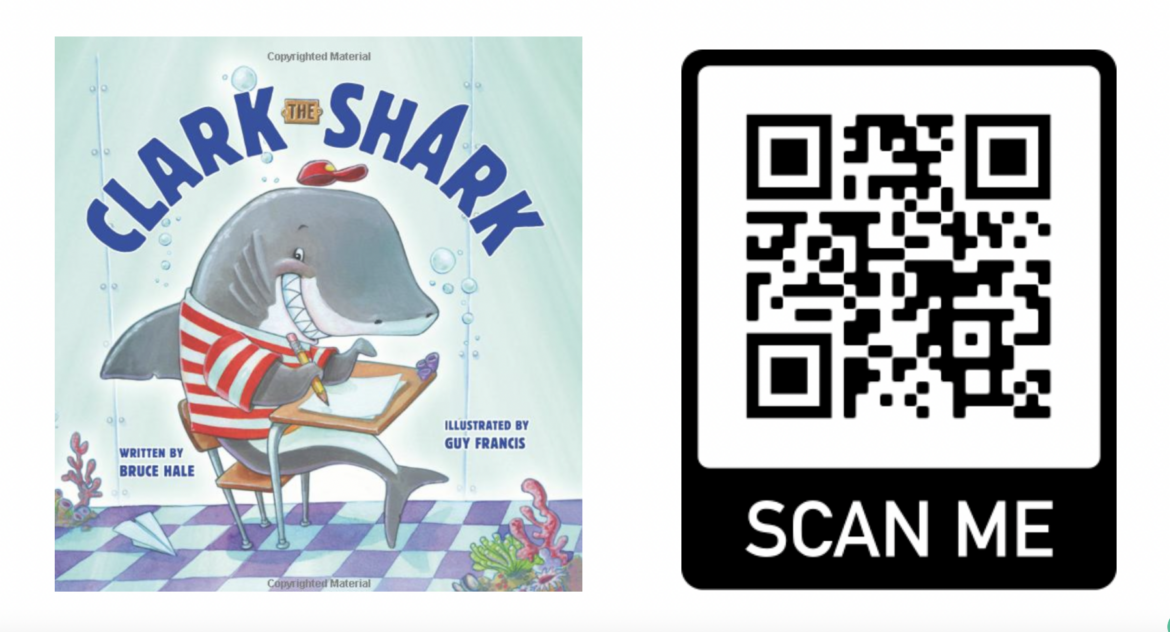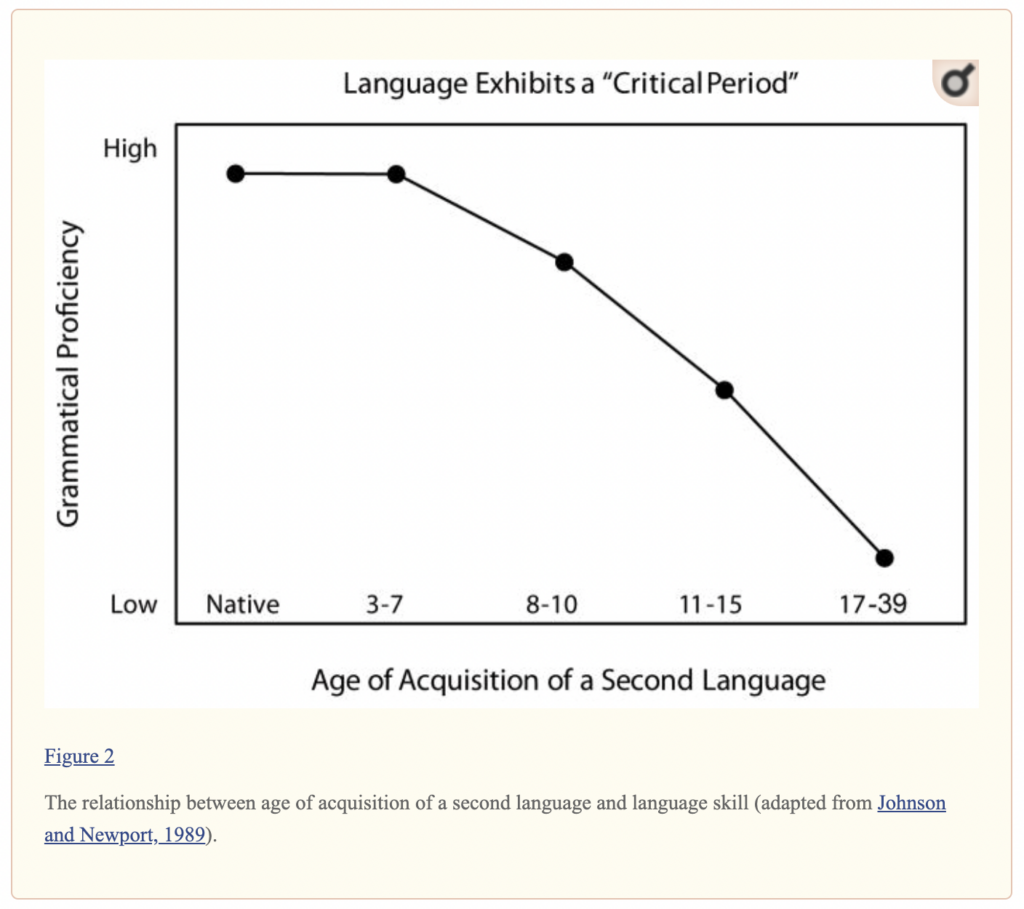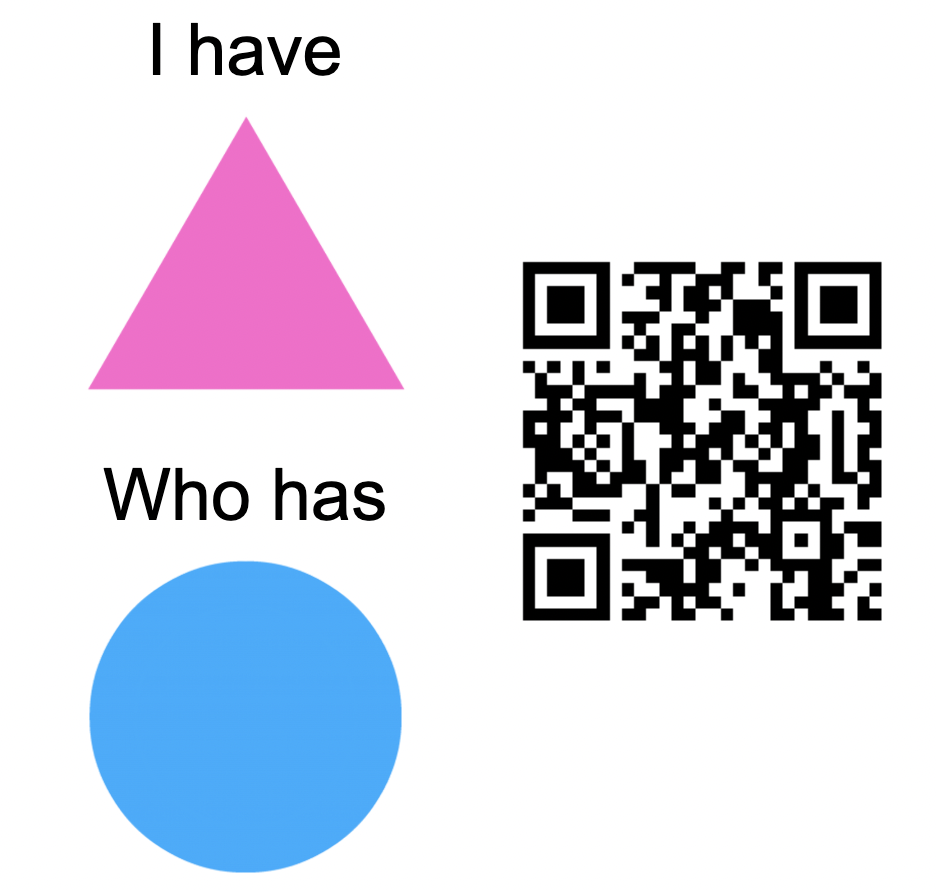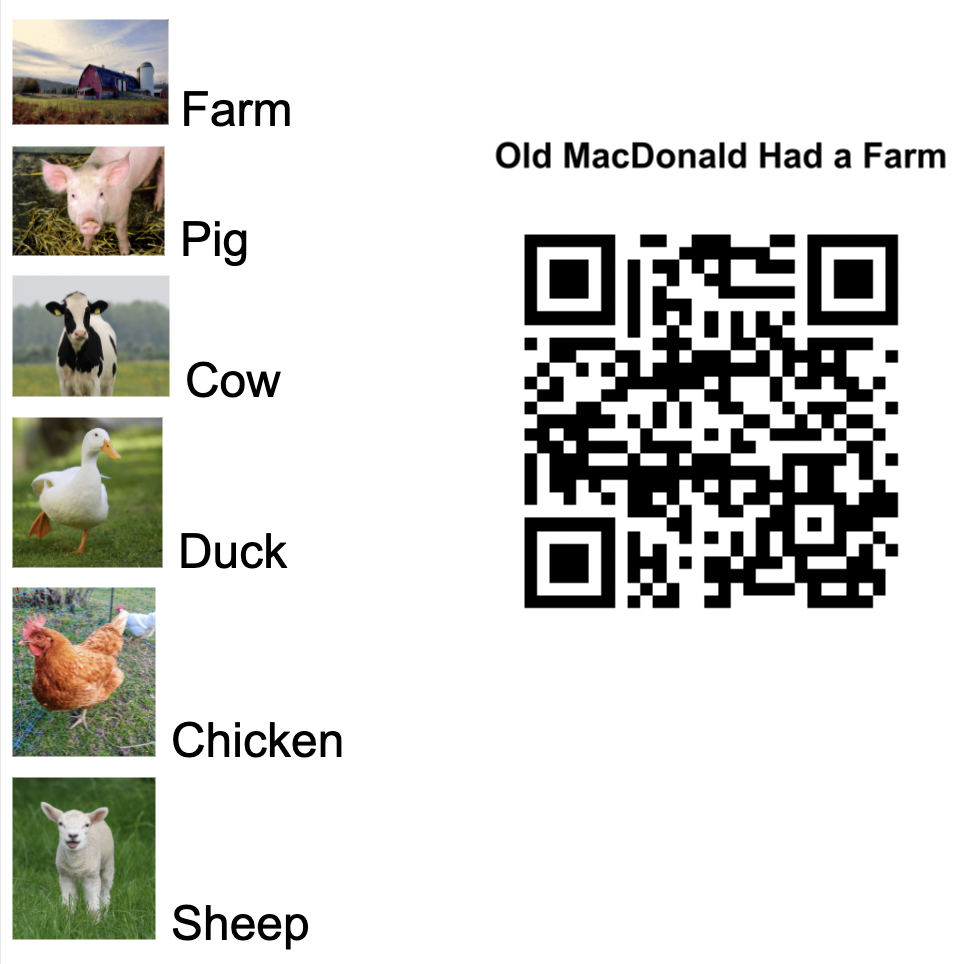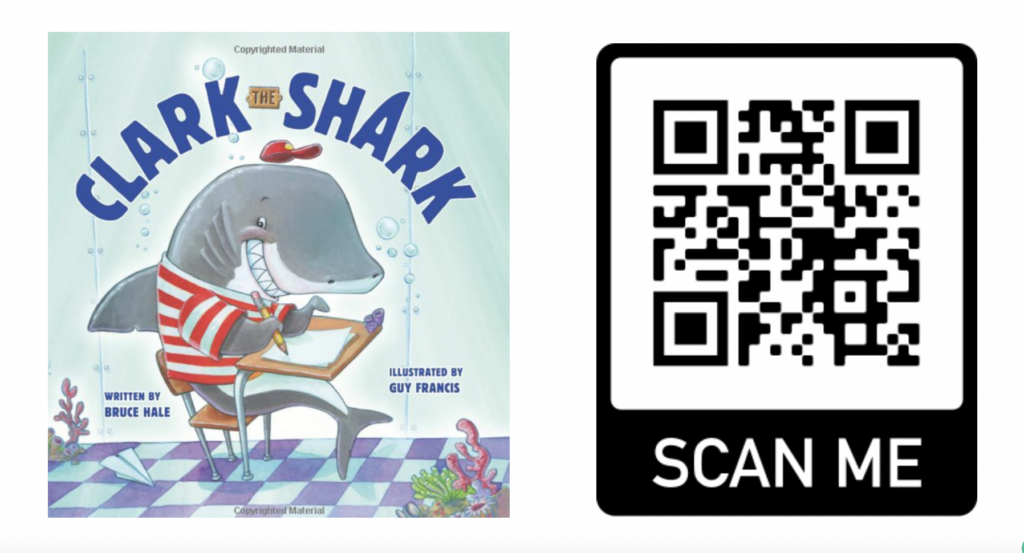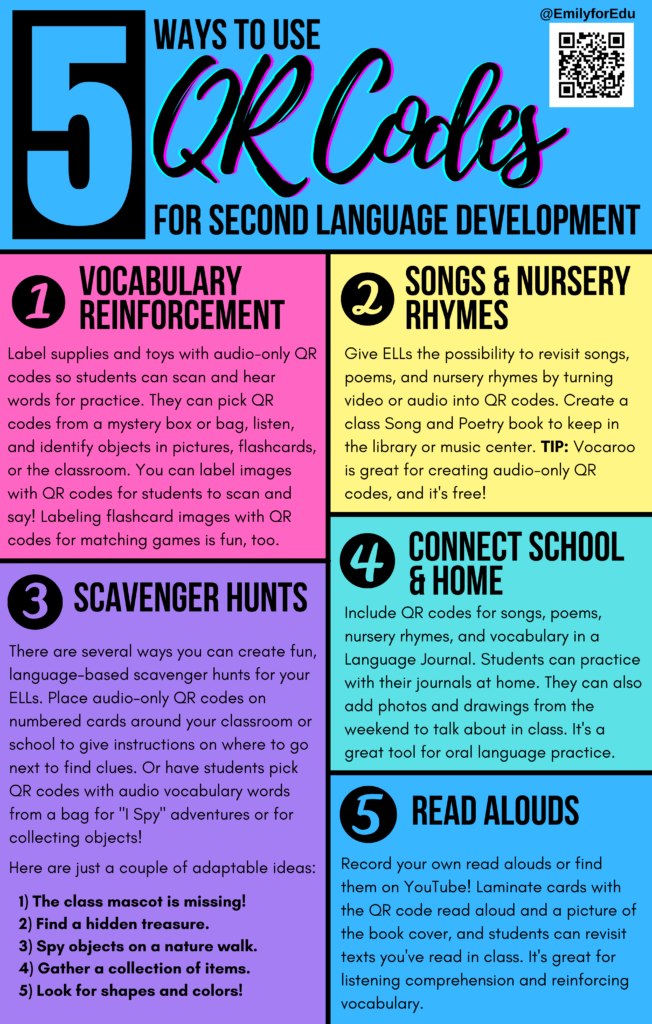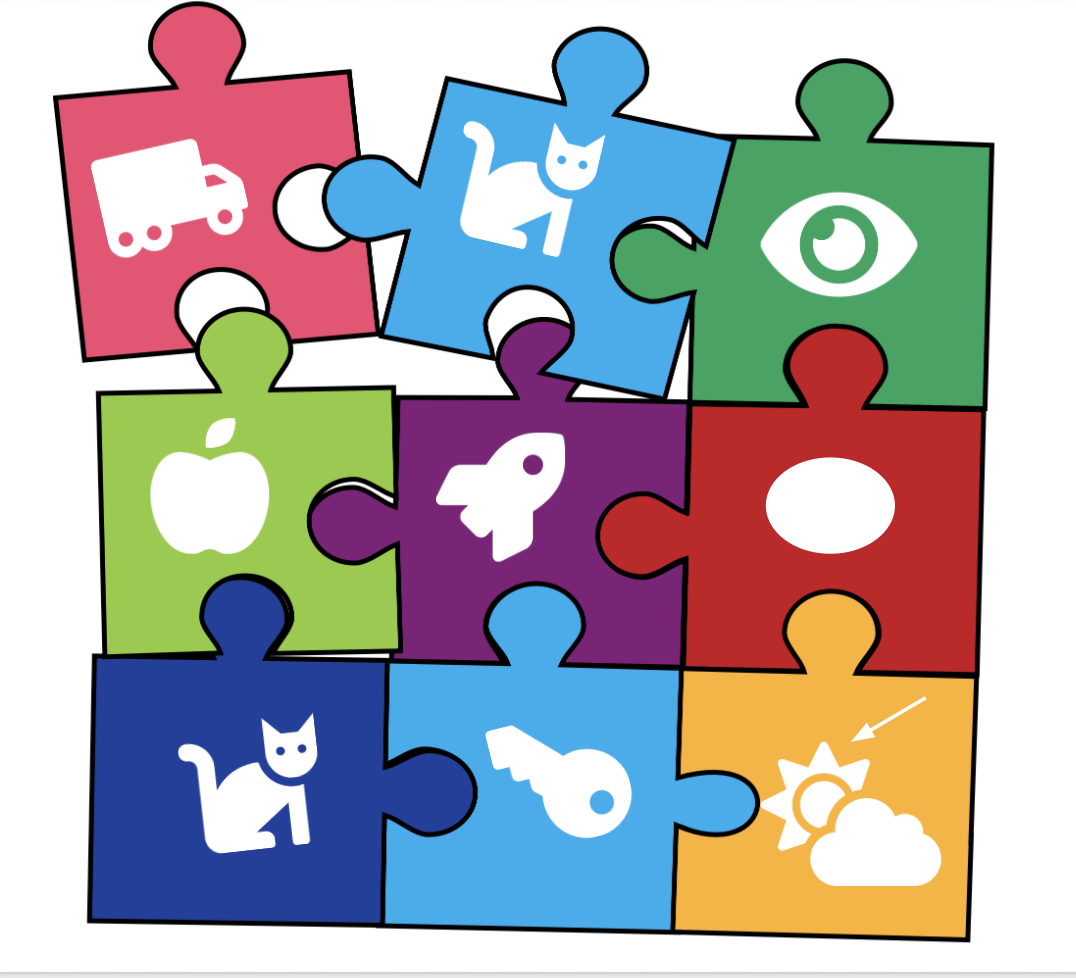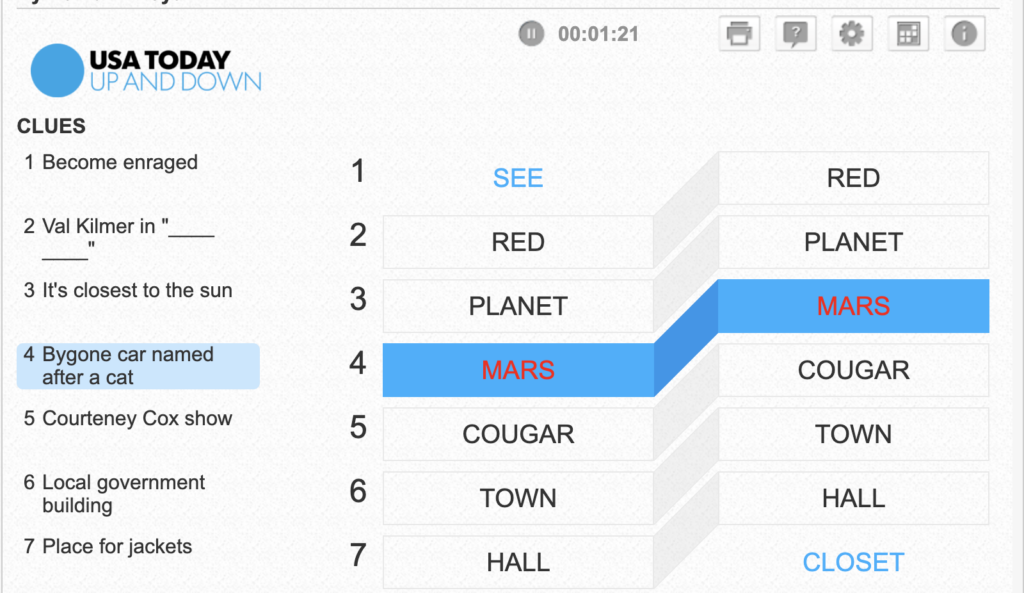Supporting English-Language Learners (ELLs) goes beyond language. It’s about creating an environment where every student can access content, engage in learning, and feel valued. Whether you teach in a district with a large ELL population or have just a few multilingual learners in your class, intentional instructional strategies can make a significant difference in their success. Let’s look at a few.
Build Background Knowledge
Many ELL students may not have the same cultural or academic reference points as their peers. Therefore, it’s important to help them build background knowledge so they can connect new content with what they already know.
Before introducing a new concept:
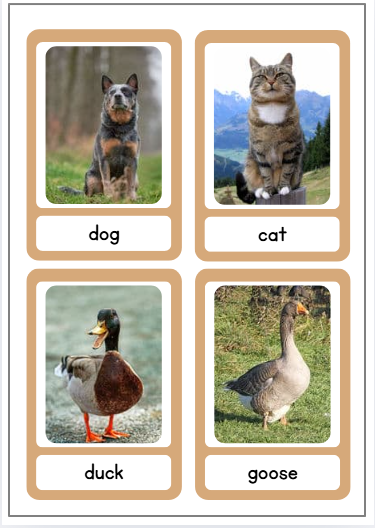
- Use interactive slides with embedded videos, images, and polls to activate prior knowledge. Tools such as Nearpod and Pear Deck can be used to help assess prior knowledge.
- Pre-teach key vocabulary with images. Canva for Education allows you to create visual vocabulary flash cards or infographics. Check out this Canva flash card template by My Teaching Cupboard.
- Connect new learning to familiar experiences. For example, explore virtual field trips, historic sites, and cultural artifacts to set the stage for new lessons. Google Arts and Culture is a great digital tool you can you use.
- Use graphic organizers like KWL charts to activate prior knowledge. Tools such as Google Drawings and Canva for Education can be used to create graphic organizers and KWL charts.
Make Content Comprehensible
English-Language Learners aren’t just trying to understand what is being taught. They’re also working to decode how it’s being communicated. If content is presented only through dense text or fast-paced lectures, ELL students can easily miss critical concepts.
To make content comprehensible:
- Speak clearly and at a moderate pace.
- Record short video tutorials with narration and visuals that students can replay. Loom or Screencastify are two digital tools you can use to record videos.
- Pair verbal explanations with visuals. Create simple infographics or visual explanations in Canva for Education.
- Chunk information into smaller segments.
- Generate simplified explanations, visual aids, or bilingual summaries for lessons with MagicSchool AI.
- Provide written and oral directions and break them into smaller pieces. Goblin Tools is a wonderful AI tool that can help you break down instructions for your students.
- Enhance reading and comprehension with tools, such as Immersive Reader. Immersive Reader will read text aloud, highlights words, offers translations, and adjusts reading levels.
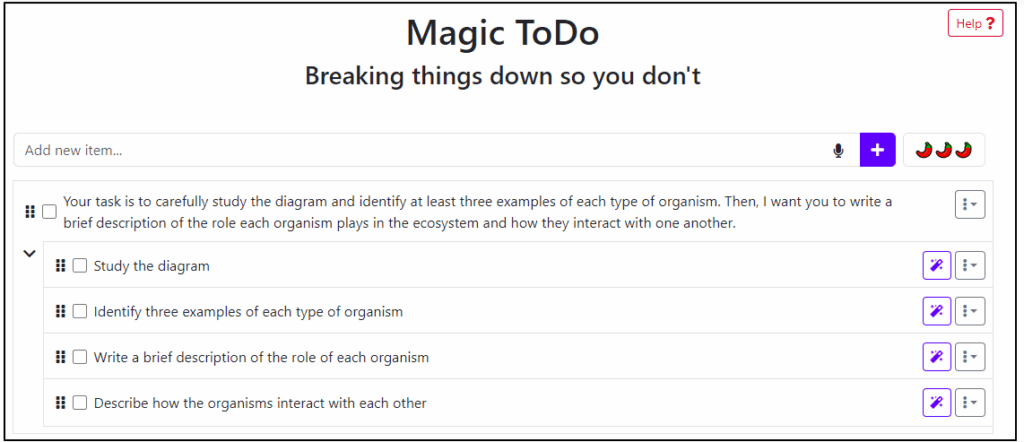
Integrate Academic Vocabulary Practice
Integrating academic vocabulary practice is critical for ELL students because vocabulary is the bridge between language and content mastery. Without a strong grasp of the words used in instruction, students may struggle to comprehend texts, follow directions, or express their understanding. Regular, intentional vocabulary practice helps ELLs internalize new words, recognize them in context, and use them confidently in both speaking and writing. Vocabulary development is a key driver of academic success across all subjects.
To integrate academic vocabulary practice:
- Highlight key terms and display them on a word wall with visuals. Padlet will allow you build collaborative, visual word walls with images, audio, and translations.
- Allow students to repeatedly hear and see words in context. Use Google Slides with audio to pair key terms with images and then record audio pronunciations.
- Play interactive vocabulary games with Kahoot or Bamboozle.
- Encourage students to use new words in multiple contexts.
- Quickly generate customized vocabulary lists with definitions, example sentences, and student-friendly explanations with MagicSchool AI.
- Create interactive flashcards with images, audio, and definitions. ELL students can listen to the pronunciation, practice, and test themselves at their own pace. Be sure to check out some quick and easy tools to make flash cards.
Use Collaborative Learning Structures
Peer interaction is one of the most powerful drivers of both language and content learning for ELL students. When working with classmates, ELLs are exposed to a variety of language models. They are hearing correct grammar, new vocabulary, and academic sentence structures in real time. This natural language exchange helps them internalize language patterns more effectively than through isolated drills alone.
To use collaborative learning structures:
- Use strategies like Think–Pair–Share, Jigsaw, or peer interviews.
- Allow students to brainstorm, sort ideas, and collaborate visually in real time by using digital whiteboards. Tools like FigJam and Canva Whiteboard can be used.
- Rotate roles so ELLs have chances to speak, listen, read, and write.
- Allow ELL students to practice speaking skills at their own pace, re-record for clarity, and listen to peers for language modeling. In Flip (Microsoft Team for Education) and Padlet, students can record to practice speaking and then practice speaking by replying to other videos.
- Let small groups co-write and edit texts together for real-time collaboration. For example, provide scaffolds like sentence starters directly in a Google Doc, while students build on each other’s ideas.
- Generate conversation prompts, collaborative activity instructions, or culturally responsive discussion questions tailored to different English proficiency levels with MagicSchool AI.
Scaffold Writing Assignments
For English-Language Learners, writing in a new language requires juggling multiple skills at once. They are using vocabulary, grammar, sentence structure, idea organization, and content knowledge. This can feel overwhelming. Therefore, it’s important to scaffold writing assignments. Scaffolding breaks the writing process into manageable steps, giving students the tools and support they need to focus on one aspect at a time.
To scaffold writing assignments:
- Provide graphic organizers for planning. Graphic organizer templates can be used to help students with a variety of writing tasks.
- Offer sentence starters and paragraph frames. You can preload paragraph frames directly into Google Docs or Canva Docs so students can type directly in the document.
- Model the writing process and share examples.
- Break larger writing projects into smaller, manageable steps.
Final Thoughts
Supporting ELL students is about ensuring that every learner has the tools and opportunities to succeed. By combining scaffolding strategies, peer collaboration, and digital supports, you can create a learning environment where language development and academic growth happen side by side.

